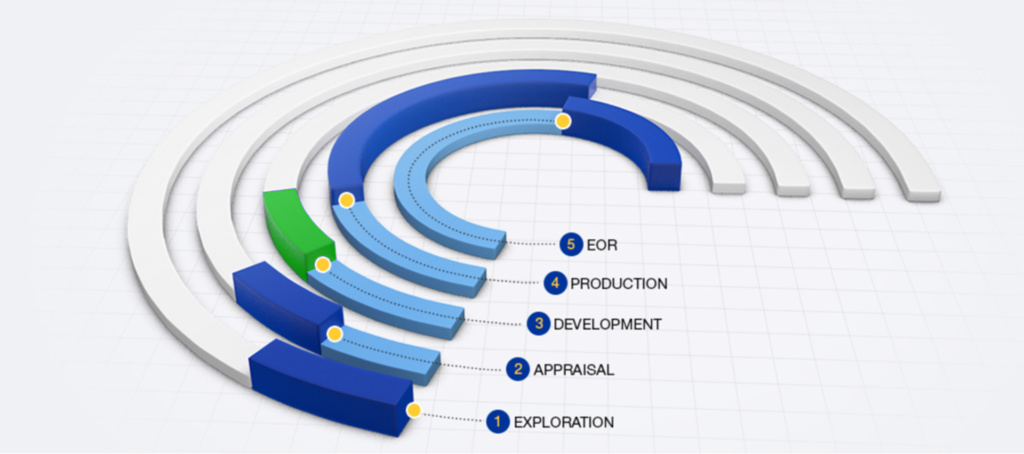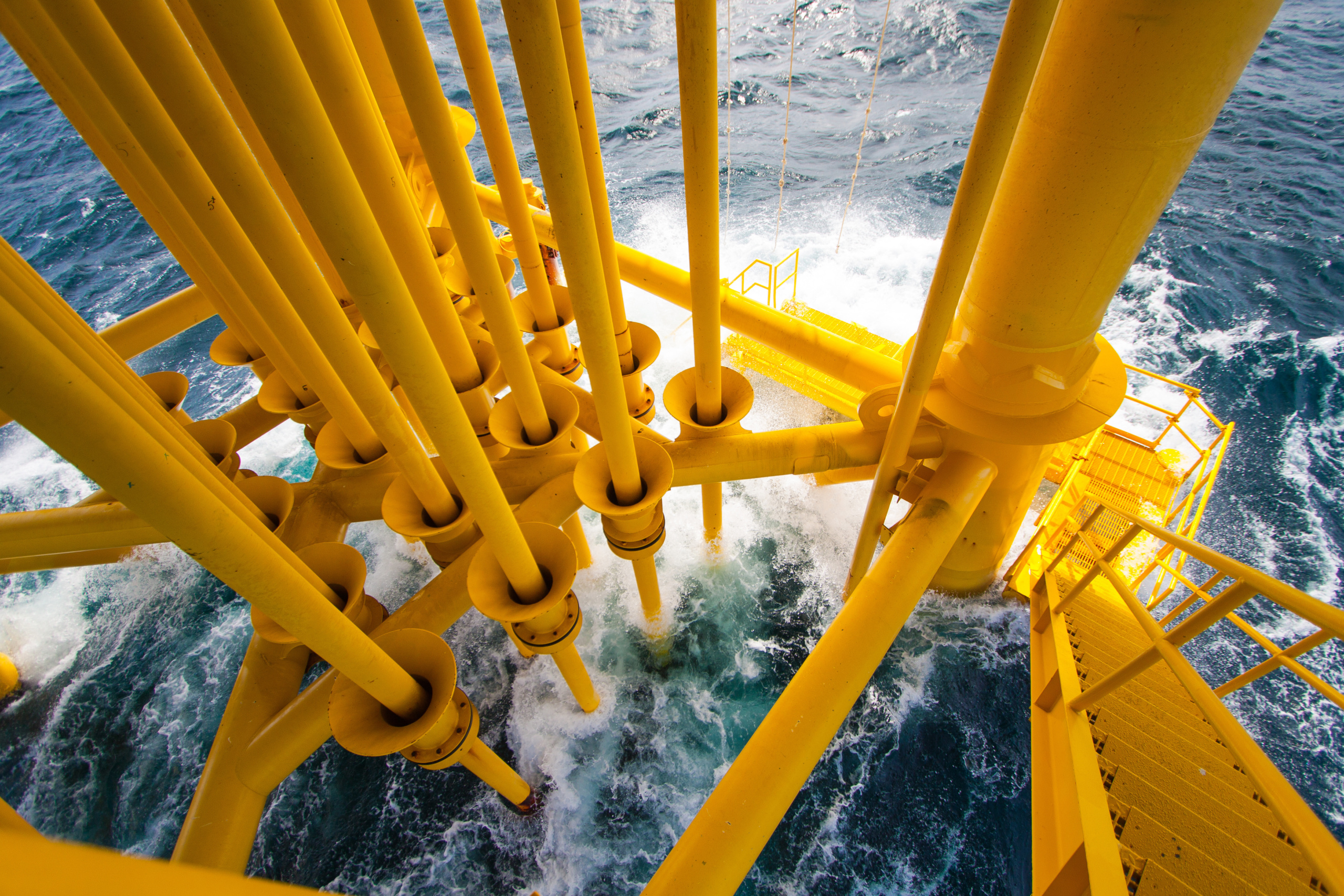
High stakes
The development phase of a field, especially in the offshore, typically represents the largest single capital expenditure over the life of the field. it involves building the topside production facilities, drilling the additional wells (if needed) and investing in the treatment, storage or connection facilities to transfer production.
There is also a time constraint to bring production online as soon as possible to start generating revenue to offset the accrued investments since exploration began.
Getting the topside infrastructure sized properly is critically important. If the capacity is underestimated this will defer revenues, whereas if it is overestimated, capital will have been spent on systems that will be underutilized.
Resoptima solutions
Resoptima ensemble-based modeling will show a field prior to development as having many uncertainties, because that is a reflection of the true situation at that point in time. While there are capabilities in our software to use drill stem testing results from exploration and appraisal wells to give some guidance on what the actual production flows may be (see this case history), this does not give guarantees of actual field performance once all development wells are drilled and production begins.
Knowing that there are significant uncertainties, and being able to visualize them through the ensemble models, is a huge benefit for the engineers and geologists collaborating on planning the development of a new field. The IRMA solution provides the visualization and analytical tools to make this possible. This avoids biases in the process that can often result in very unsatisfactory outcomes. For example if an assumption is made that the producing reservoir is of equal thickness across the whole area of the field but there is insufficient data to back up that assumption, the outcome in the event development drilling discovers areas of thinner reservoir, at a point in time when the topside infrastructure has already been commissioned, will severely affect the field’s economics.
Base case modeling is a liability
While base case modeling has been around for 40 years and is still used in many projects, the industry is finally coming to the conclusion that it exposes operators to significant, unquantified risks by trying to represent a subsurface model still full of uncertainties as being a known item. There is a misconception that the easy way to mitigate that risk is to calculate hundreds or thousands of base case models with perturbations of many reservoir parameters, and then choose one. But without a proper ensemble modeling workflow these many models lack the unbiased process that will challenge users to be aware and manage risk elements that they may not have identified.
